The CAP is the EU’s first and oldest common policy whose origins go right back to the setting up of the Europe Economic Community (EEC) in 1957. This was established by the Treaty of Rome and involved six countries: West Germany, France, Italy, Belgium, Netherlands and Luxembourg.
Establishing security of food supply was an early priority of the EEC with a secondary aim of providing a fair standard of living for farmers who produced it. Europe, at the end of the war, experienced widespread hunger and food rationing was a reality into the 1950s. Rationing ended in Ireland in 1951 but continued in Britain until 1954 and meat was the last item to come off rationing.
The CAP was formally established in 1962 with Sicco Mansholt recognised as being its chief architect. The principle of the original CAP was guaranteed prices for farmers and shared funding among the then six member countries of the EEC.
Butter mountains
By 1972, food scarcity had become a memory and with Ireland, Denmark and the UK joining in 1973, food surpluses became an issue for the first time. The EEC was slow to respond to the politically embarrassing butter and beef mountains alongside milk and wine lakes. Surplus agricultural produce was stockpiled in intervention stores, funded by the EEC taxpayer.
Production
The first initiative to control dairy production was the introduction of milk quotas in 1984, which were to remain in place until 2015. That move put a ceiling on the development of the Irish dairy industry and controls on beef production followed by the processing industry having to offer the EEC a tender on the amount of beef it wanted to sell into intervention, rather than sell it automatically. Interestingly, it was at this point the expenditure on CAP peaked at 72% of the total EU budget.
McSharry reforms
Ireland secured the position of European Commissioner for Agriculture for the first time in 1989 with the appointment of Ray McSharry, who had been perceived as a ruthless minister for finance in the Irish Government though, ultimately, his robust measures were credited with turning the Irish economy around.
In his three years in Brussels, he made a huge impact, leaving behind one of the definitive set of CAP reforms.
He ended market support measures and replaced them with direct payments to farmers. Intervention in the market was strictly for emergencies and not a commercially viable market alternative for the processing industry.
The result was that market prices for produce aligned with what the market value was and farm incomes were made up with direct production-based payments. These met the need of farmers though there was a backlash to reduce market prices. However, there was a problem at the World Trade Organisation (WTO) with the coupled support payments in the EU viewed as having a distorting effect on world agriculture.
Area-based payments
The next major reform was put in place by the Austrian commissioner for Agriculture Franz Fischler, which began the process of moving from production-based support to area-based support.
The other big reform of this era was the unilateral decision by the EU to end export refunds for agricultural produce. This was a payment provided by the EU to the agri-processing industry on sales outside the EU. It meant that EU exporters were left to trade on global markets without the support the industry had become accustomed to and was a major contributor to the price falls from 2005 to 2007.
Fischler’s major reforms were called Agenda 2000, which introduced a rural development dimension to the CAP and the 2003 review which moved to area-based payments. Animal welfare and food safety become key elements as the BSE crisis of 2000 was fresh in the memory and traceability became key.
Mariann Fischer Boel served as commissioner between 2004 and 2010 and oversaw the doubling of EU farmers with the enlargement that introduced 12 new member states in 2004. It was from one of these, Romania, that the next commissioner, Dacian Ciolos, came and, unsurprisingly, his key agenda for the 2013 CAP reform was redistribution of farm support from established EU members to the new members in eastern Europe, under the convergence scheme.
The other major development of the current CAP is the environmental dimension with 30% of the farmers’ direct payment coming through greening and flexibility for member states to reintroduce a coupled payment for vulnerable sectors of production.
2020 and beyond
Ireland again has the agriculture portfolio in the European Commission through Phil Hogan as he embarks on the latest reform with the toughest hand of all to play. This reform takes place against a proposed 5% cut in the CAP budget driven by the combination of the UK leaving and reducing the money available and the desire to prioritise spending on EU defence and addressing the migrant issue.
As things stand, the next CAP will have just 28% of the EU budget, the lowest share ever and a focus on the environment and controlling greenhouse gas emissions.




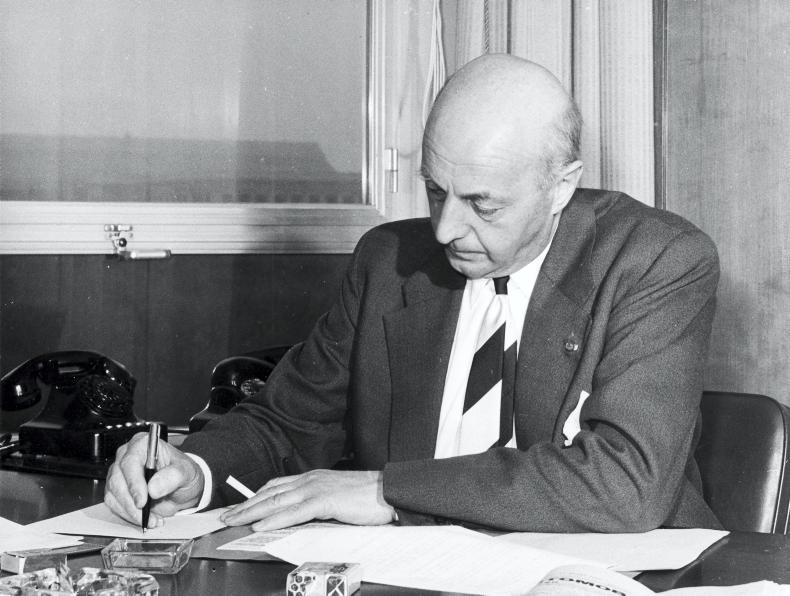
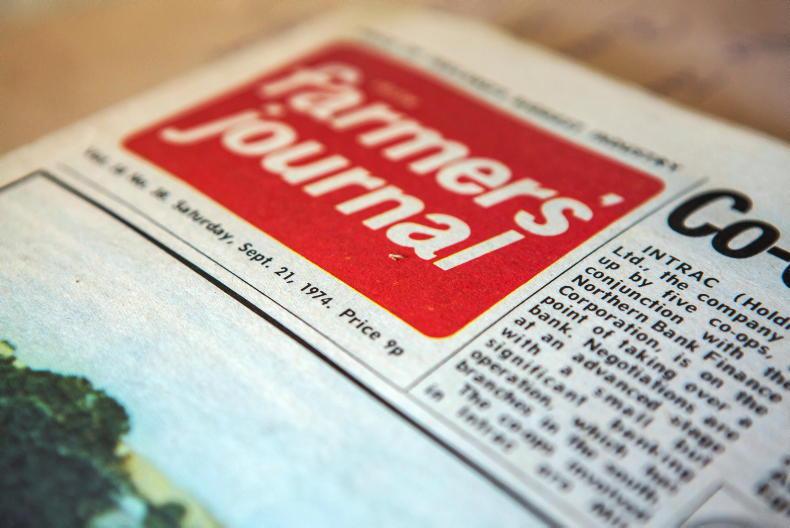
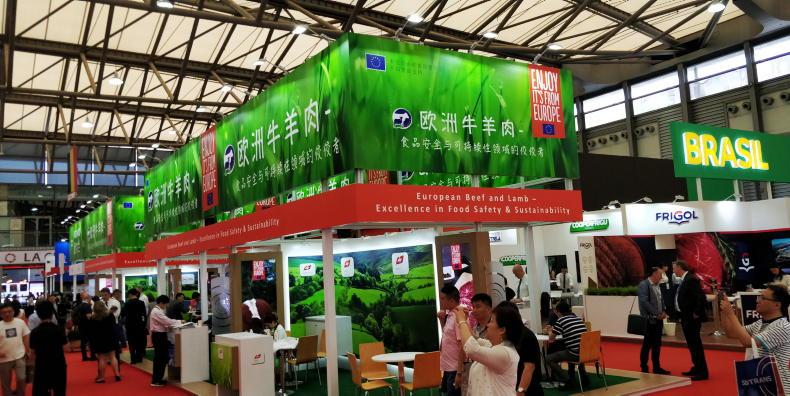
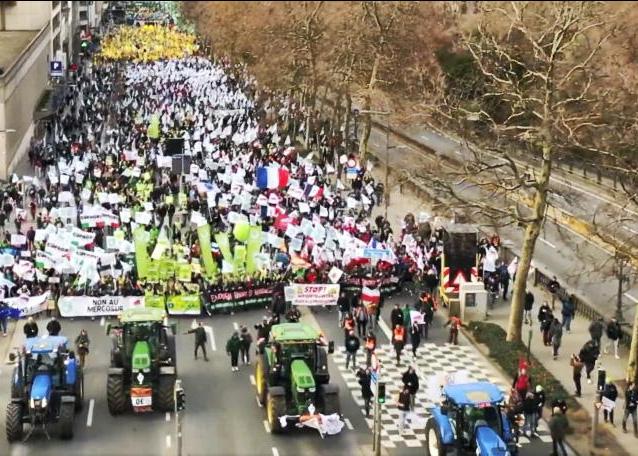
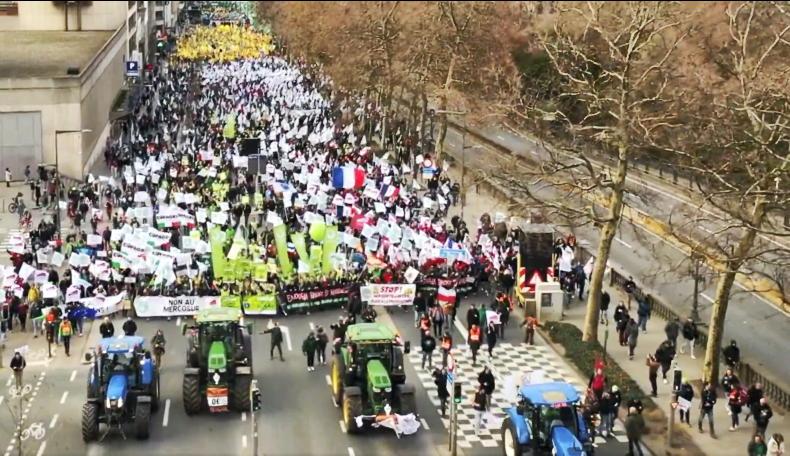
SHARING OPTIONS